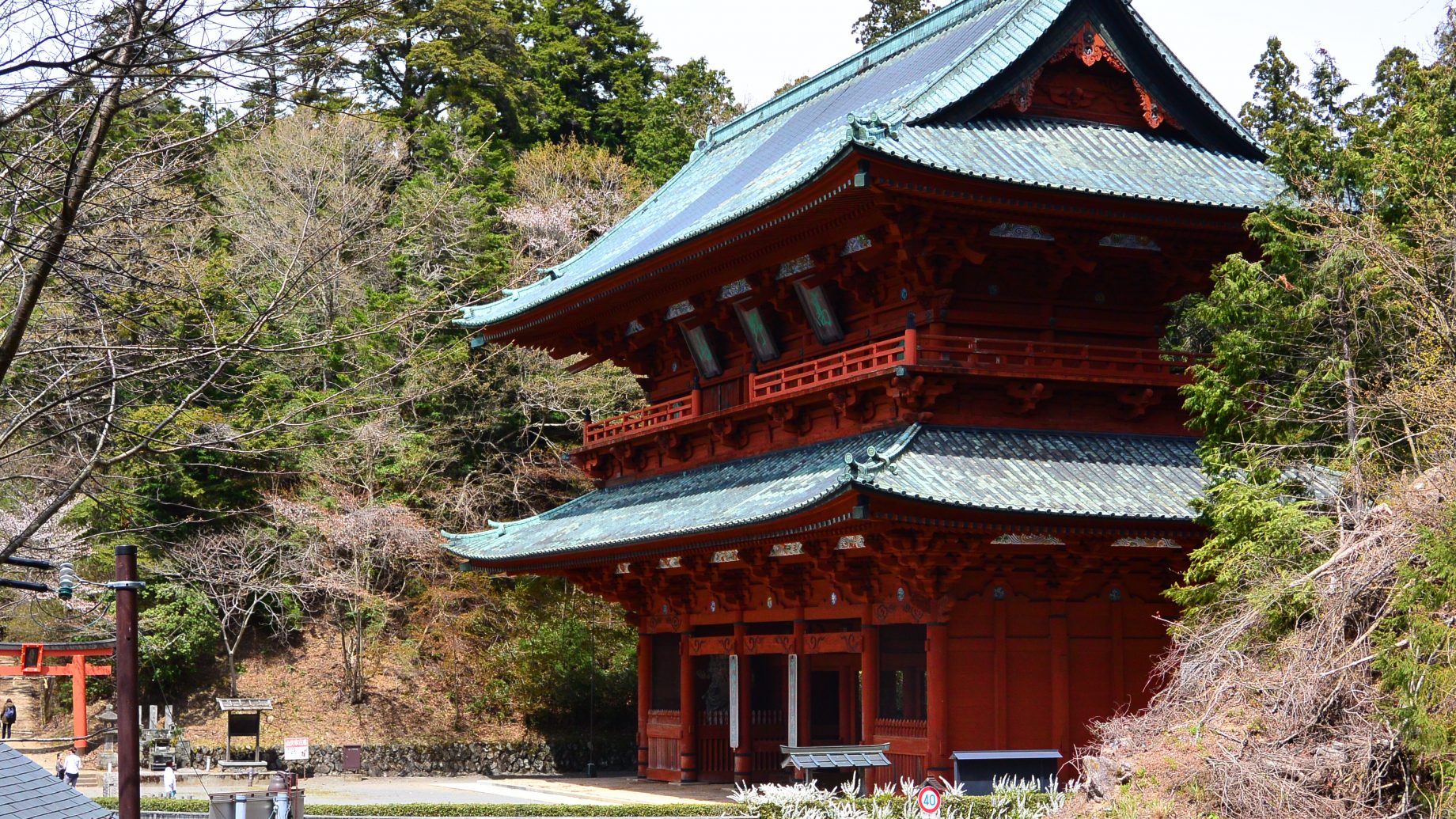Koyasan is located high in the mountains south of Ōsaka and is a temple town founded by Kōbō Daishi some 1,203 years ago. Kōbō Daishi is noted as the founder of modern day Shingon Buddhism in practice throughout Japan. He was also born at Temple 75 of the Shikoku 88 Temple Walk we concluded the other day, and visited all of the others during his own pilgrimage.
Our buffet breakfast in the ‘grand ballroom’ on the 23rd floor of Hotel Grasmere gave us a reasonable view out over the Ōsaka skyline. Needless to say it followed the muted hues we have come to expect in Japan; toned down even further by the pollution that hung over the city adding a further shade of grey to the view.
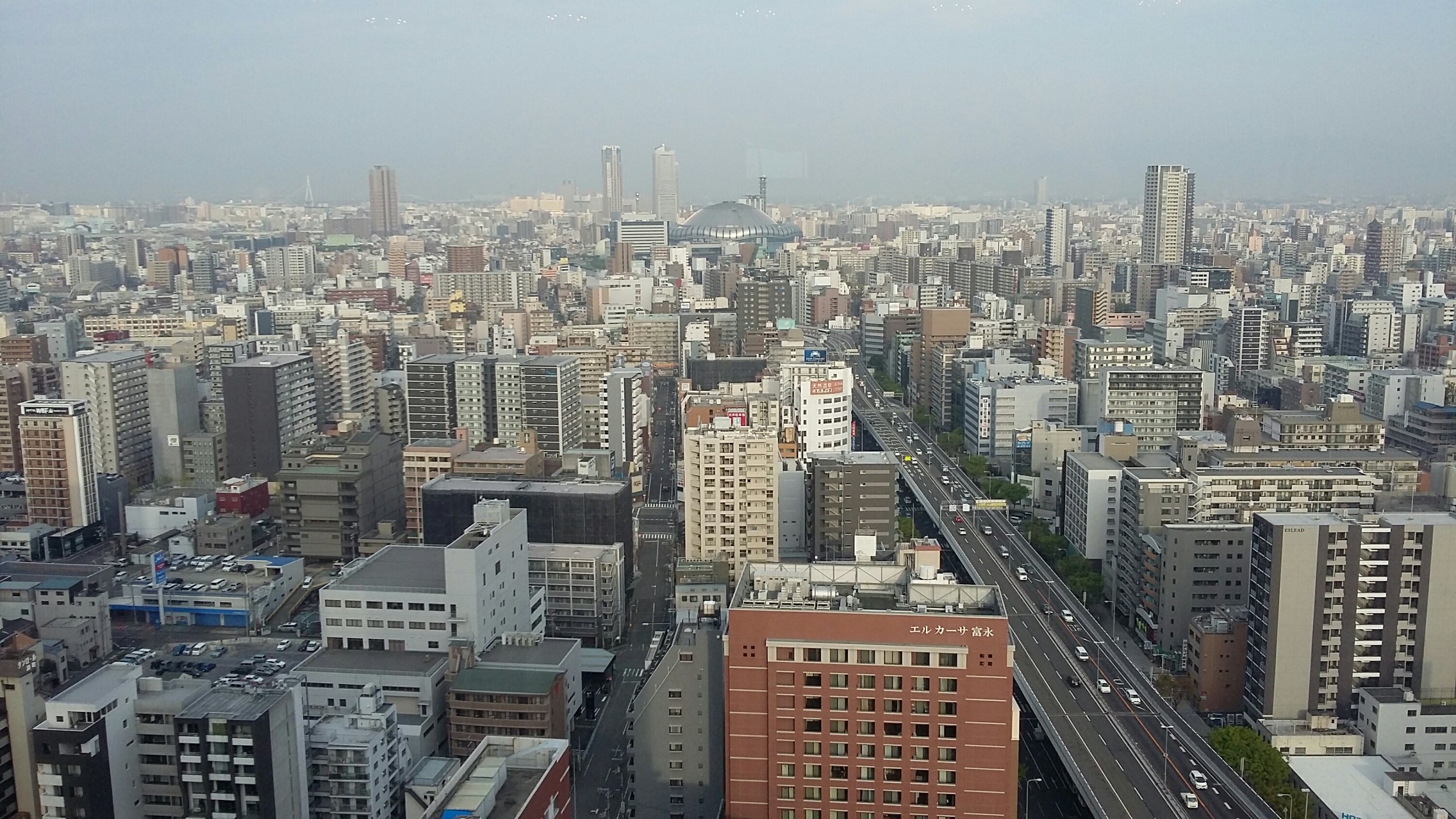
The breakfast buffet offered Japanese and western choices, with tour group participants generally diving right in to the western choices of fruit, yoghurt and pastries. We sat on the fence, mixing what we felt were the best of both offerings – including octopus dumplings, an Osaka speciality. Following breakfast we completed the necessary paperwork to forward our main luggage on to Kanazawa where we will be staying in a few days. It cost a few yen, but makes the movement in and out of the public transport network all that much easier when we’re each dealing with a backpack only.
We returned to the labyrinth of walkways beneath our hotel that interconnected multiple railway stations with one another. We went in search of a JTB office to purchase our tickets to Koyasan before then hunting down the right train line and platform. While not quite a bullet train, the bright red train had us rushing along in the countryside soon enough.
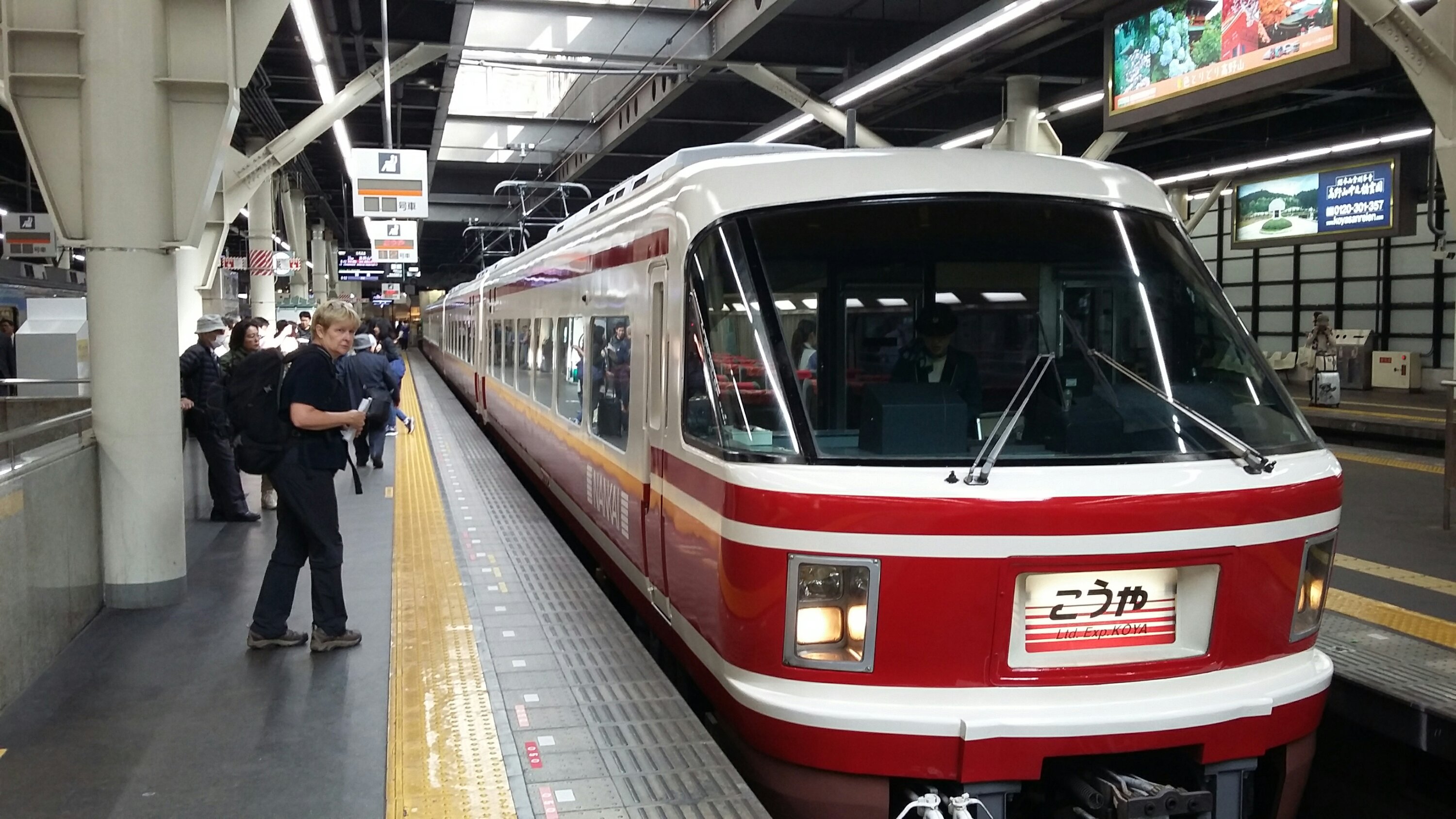
The rice crop was well established in the fields as we rushed by. We guessed that the climate must be more suited to rice growing than further south in Shikoku where planting has only just commenced.
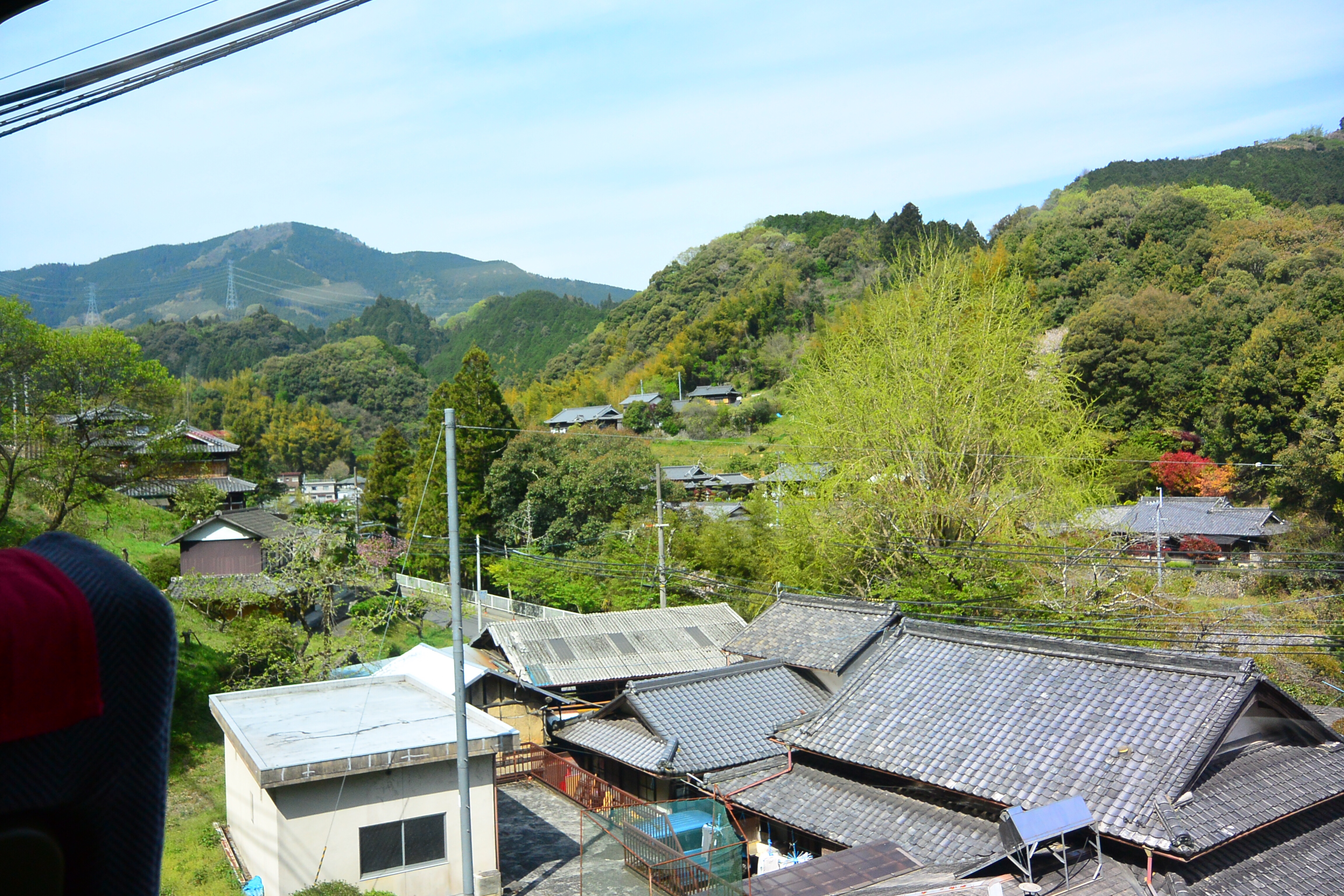
The end of the line for our train was not the end of our journey for the day. We quickly filed out of the train, only to walk about 50 metres where we queued to catch a cable car (funicular) that arrived within minutes of the train’s arrival. There was a rush for seats and we were no match for the experienced locals who ended up seated while we had to stand for the entire incredibly steep journey. We have been on a number of funiculars and this one was by far the steepest climb we have experienced.
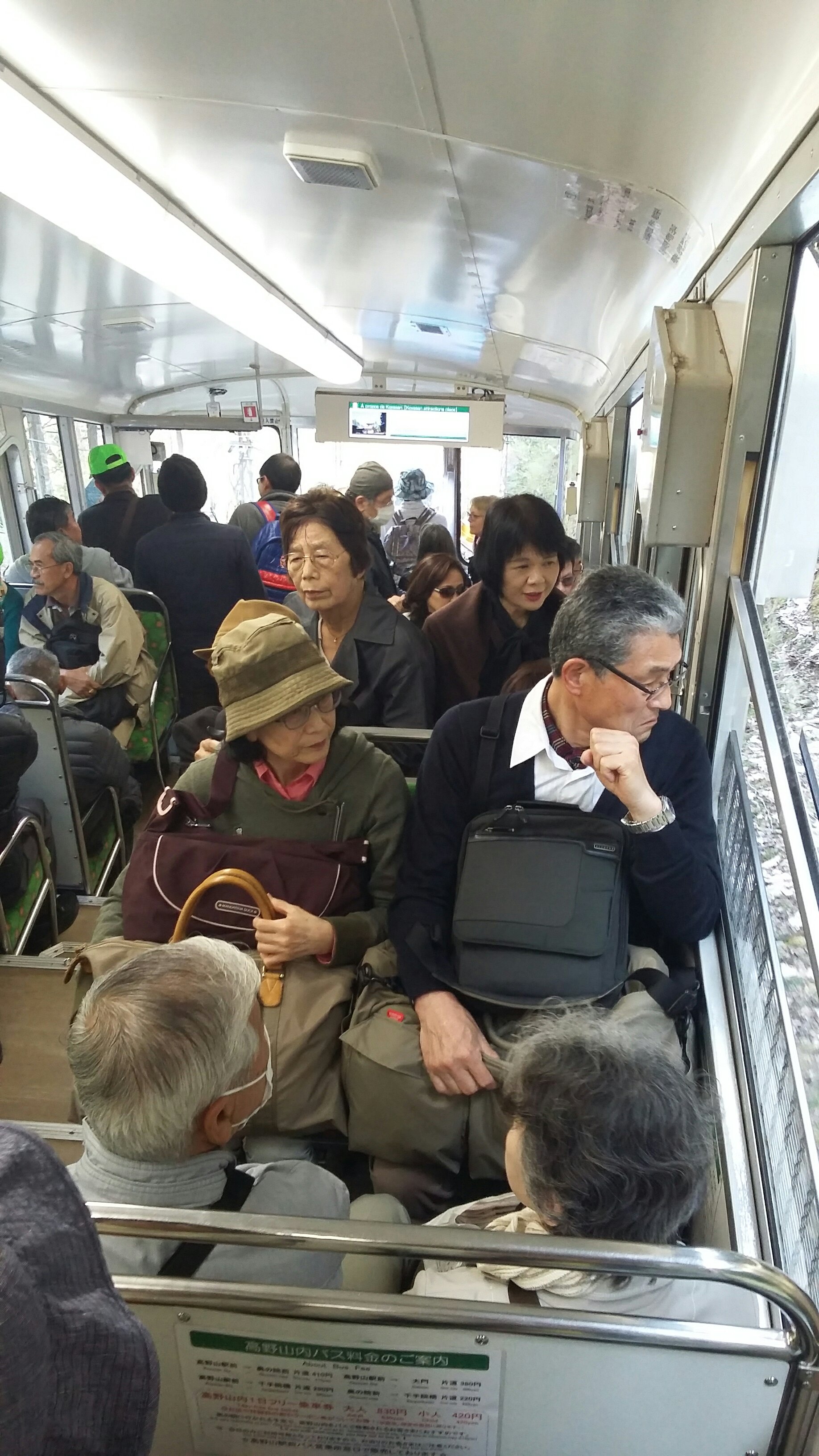
A bus was waiting for the cable car passengers at the top of the steep incline to take us to our respective destinations throughout Koyasan. It was too early to check in, so we left our backpacks at reception and headed out to explore the town. The first observation we both made was that the town was far more commercial than the locale of the temples we had visited on Shikoku – and it caters for international visitors to a much greater extent. English is spoken by many more of the shop keepers and freshly roasted single origin coffee is available from a number of cafés through town.
There is no escaping the fact that this is a temple town first established to progress the Shingon Buddhist faith. Temples are everywhere, and the sound of ringing temple bells is never far away.
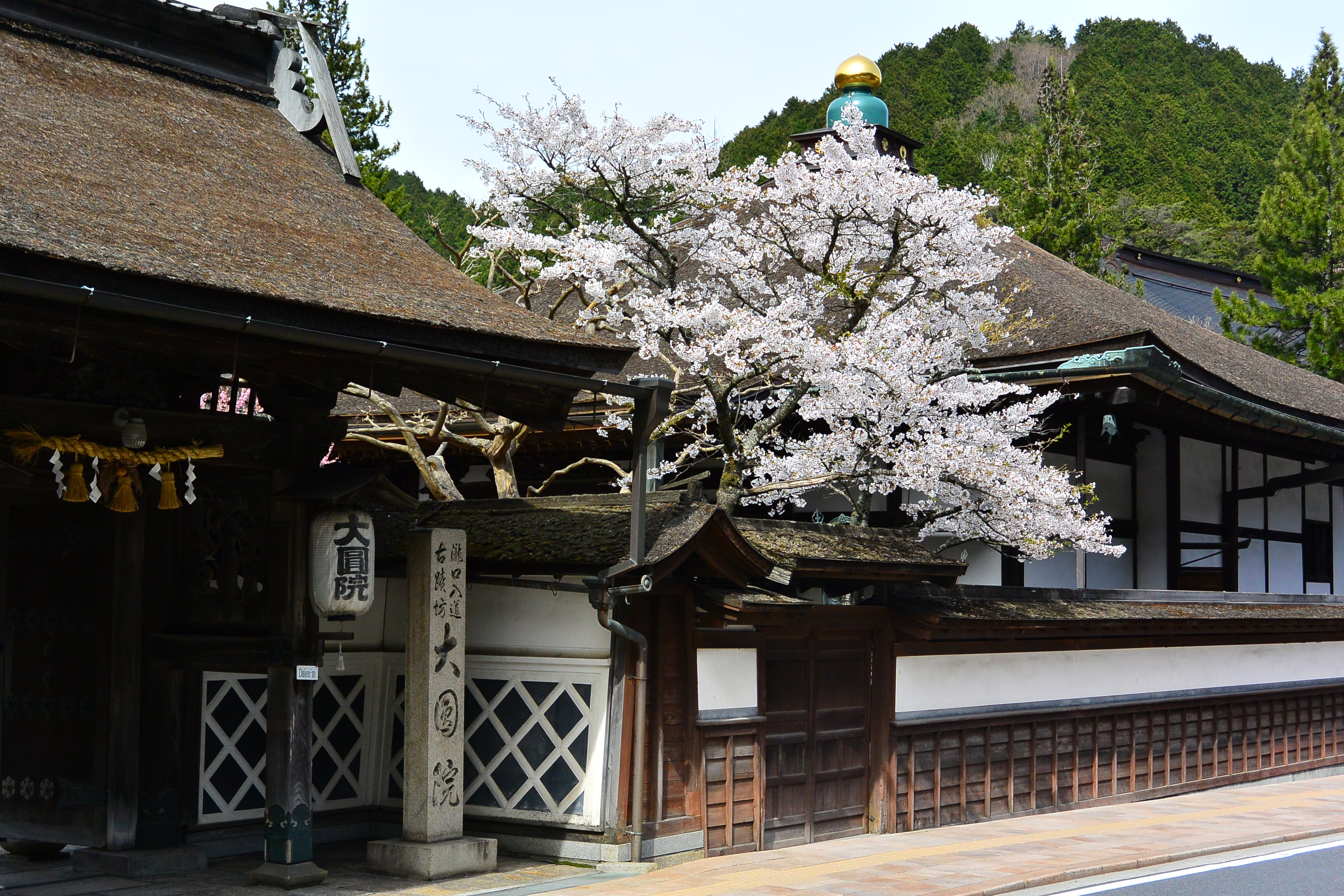
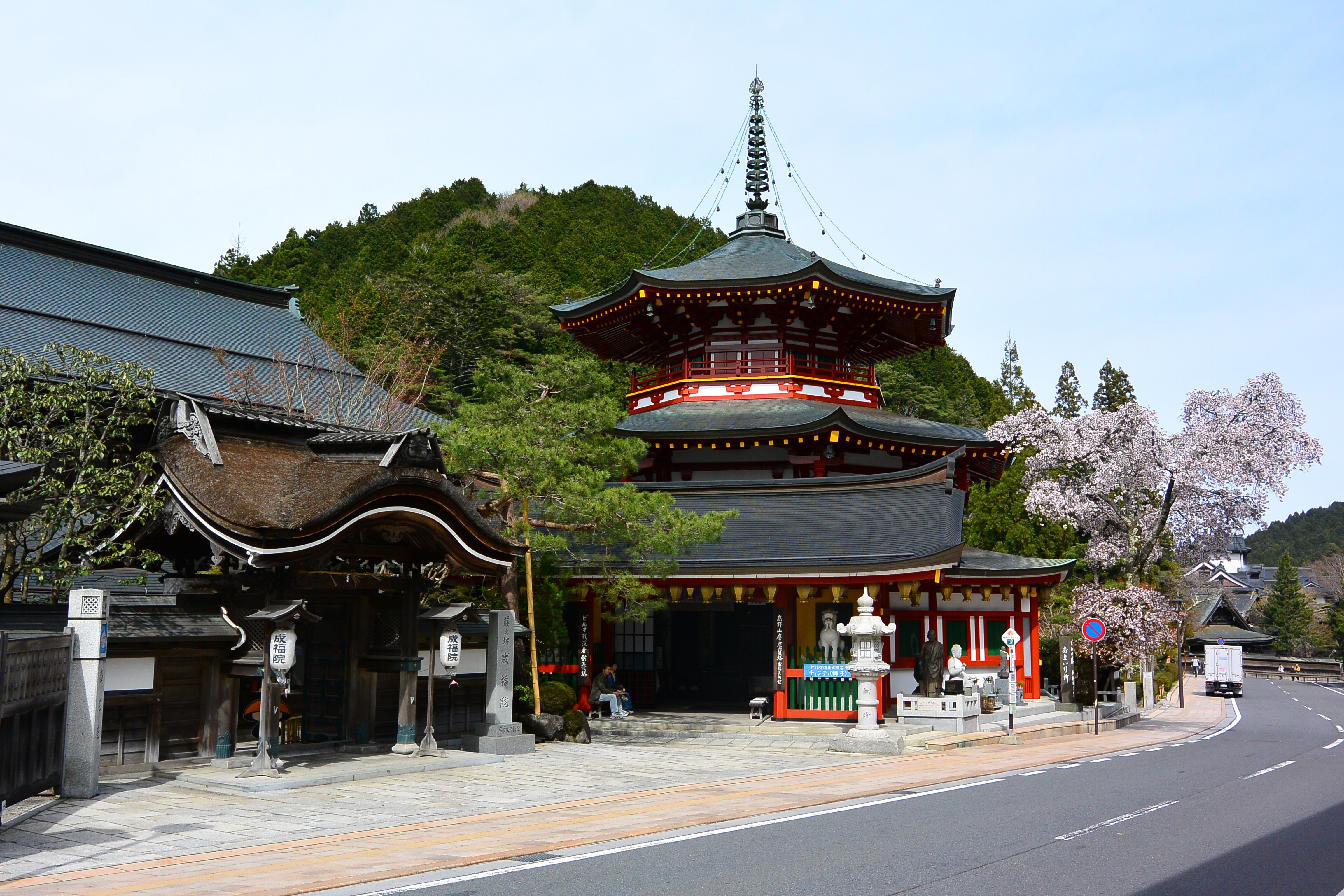
When initially established the town did not permit women within the confines of the temples. As a result, the devout women would walk the perimeter of the town; this path has now become one of many walks through the hills and mountain tops that ring Koyasan. We were up for a walk as this has been our routine for the last week or so now.
The walk did a circuit of the township, following the surrounding hill tops as best it could. In places it was quite steep but generally a straightforward walk with only one notable challenge – and that came in the form of a warning about bears having been sighted in the area. Specific instructions were offered up in the event one should come across a bear during the walk.
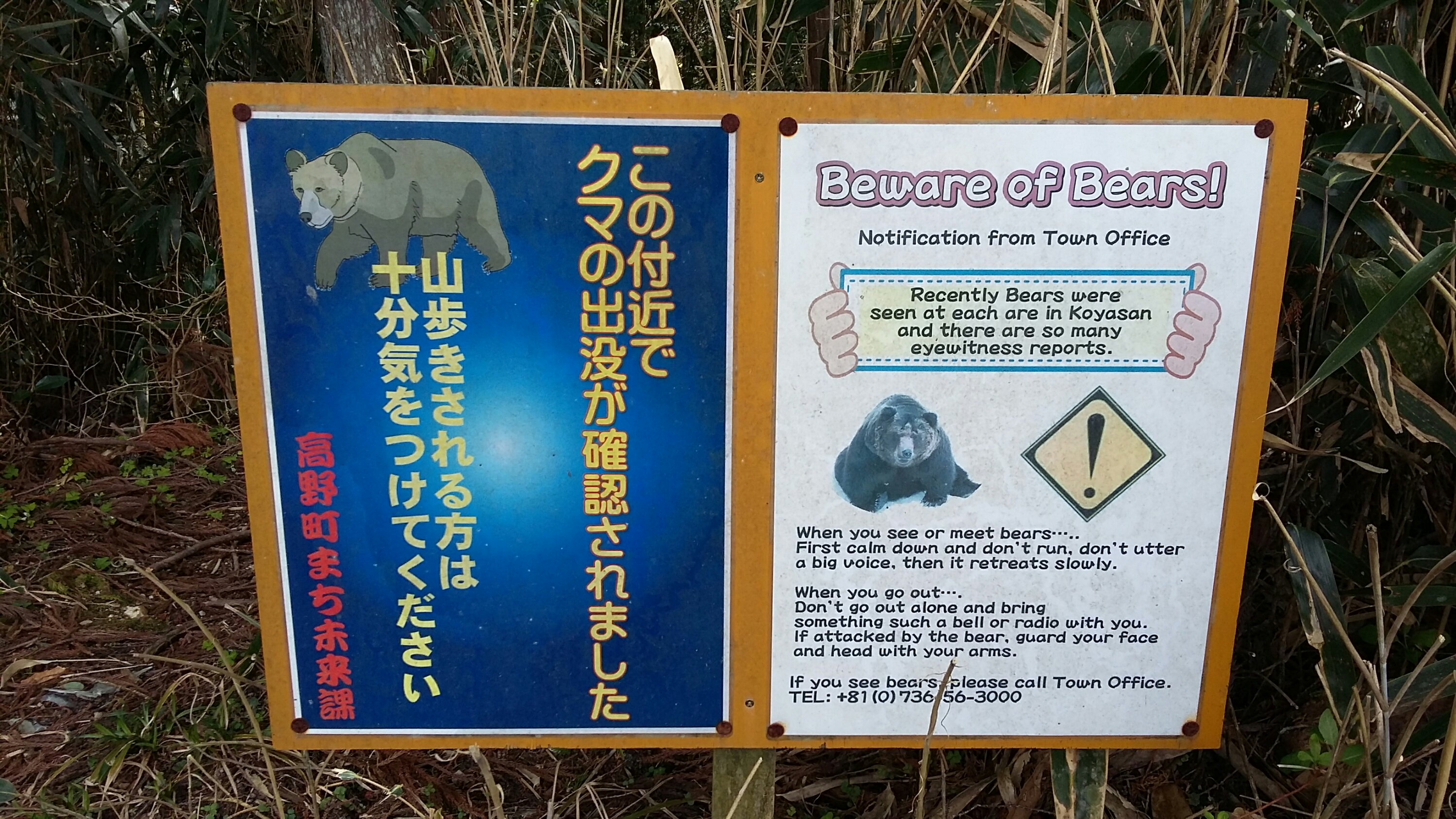
We were in luck. No bears were encountered, although we did manage to catch sight of the distant hills and townships as we crested the top of one ridge.
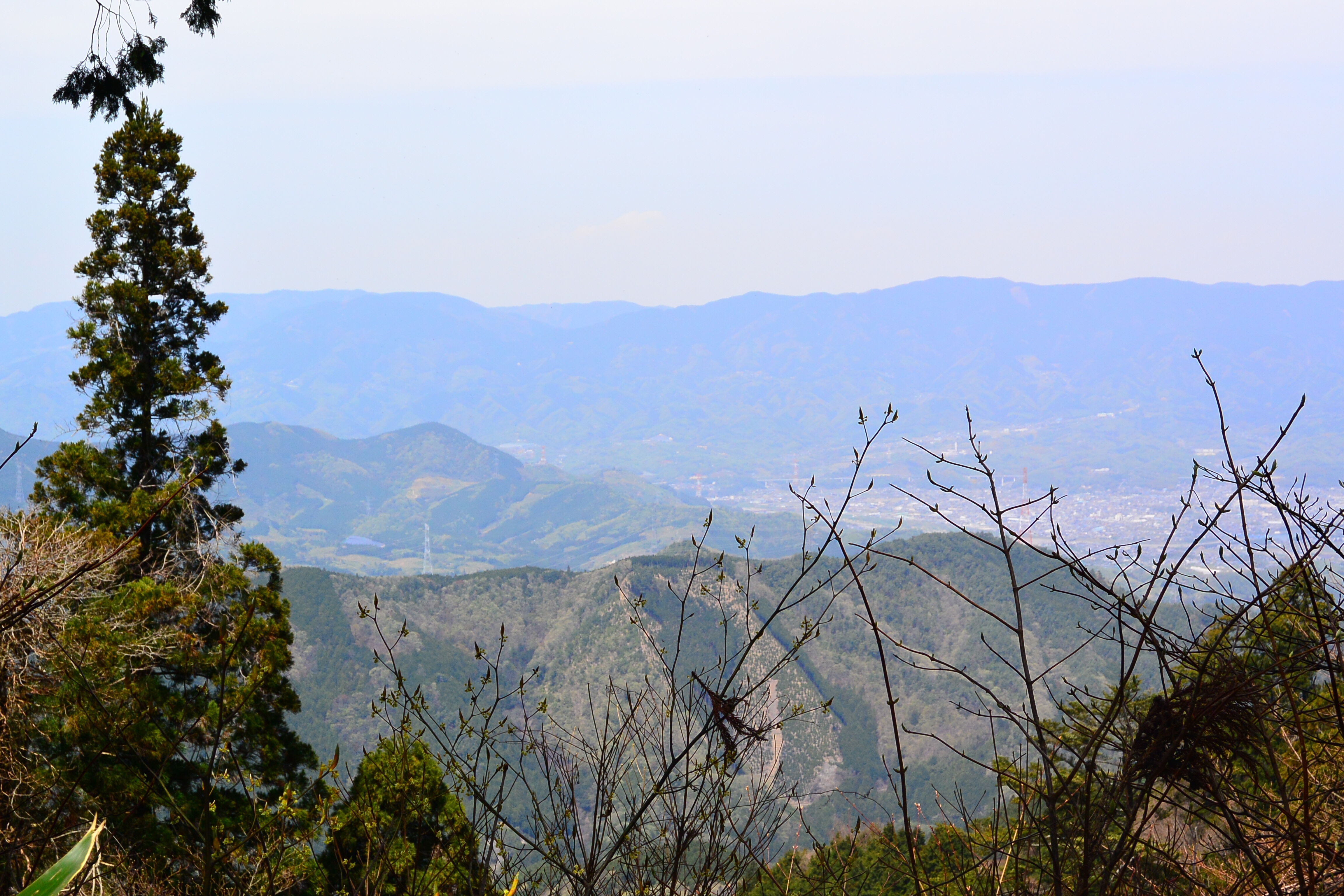
The original gated entry to the township remains in place. It was a massive structure that was restored in the 18th century and remains an imposing sight as one approaches from the walking track.
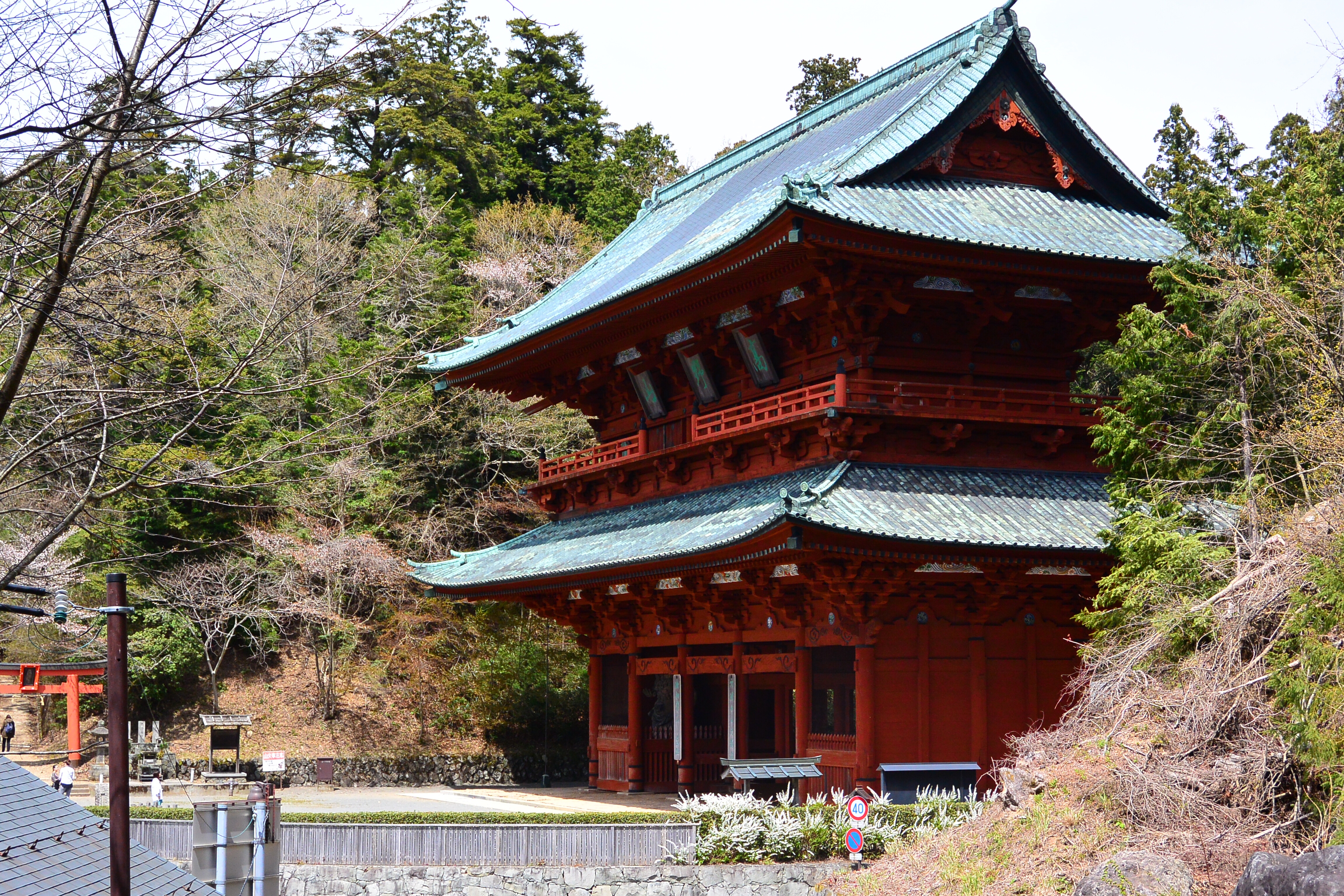
We rested up in our room at our temple lodgings until the evening meal was served. An exceptional vegetarian spread was brought to our room; it consisted of many dishes that followed the Shingon tradition of serving food that had been cooked in five different ways, represented by five different colours and flavours and only using non-sentinent ingredients. It was a feast for the senses.
After dinner we joined an evening walk through the most revered cemetery in Japan, where some 200,000 people are commemorated with even more under the ground. It is also where the mausoleum of Kōbō Daishi is located. The mausoleum is apparently one of the most sacred sites in the country, as Kōbō Daishi is credited with all manner of things including: the founding of Shingon Esoteric Buddhism in Japan, developing the simplified Japanese scripts that have their origins in the more complex Chinese script, introducing public education, along with other claims to fame in the fields of engineering, poetry, etc.
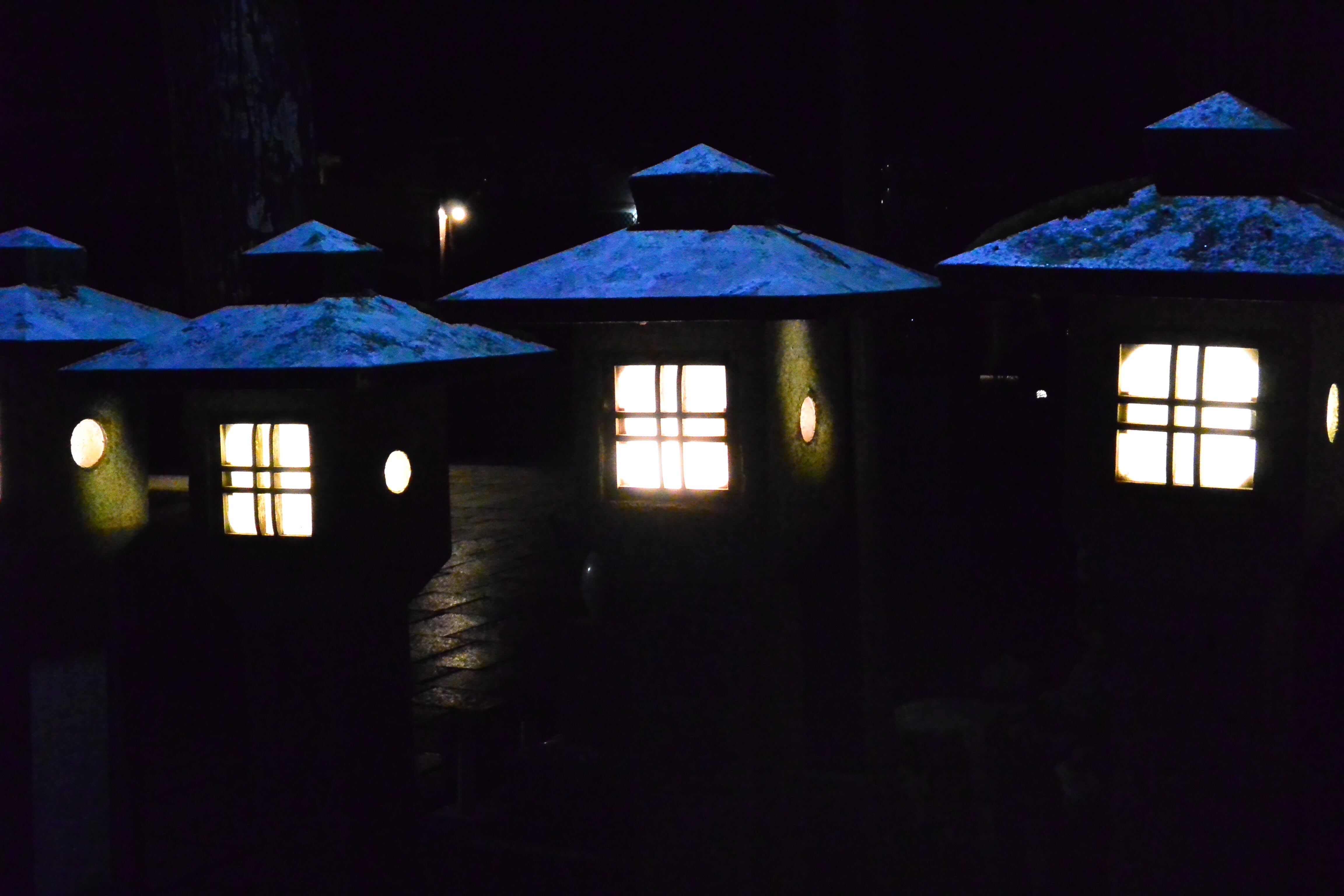
Walking through an atmospherically-lit cemetery at night has a certain mystical element attached to it, regardless of where you are in the world. The massive cedar trees rising skywards amongst the tomb stones gave it a very unique feel.
We will explore the town further (including a walk through the cemetery in daylight hours) before heading north to explore further parts of the country tomorrow.
